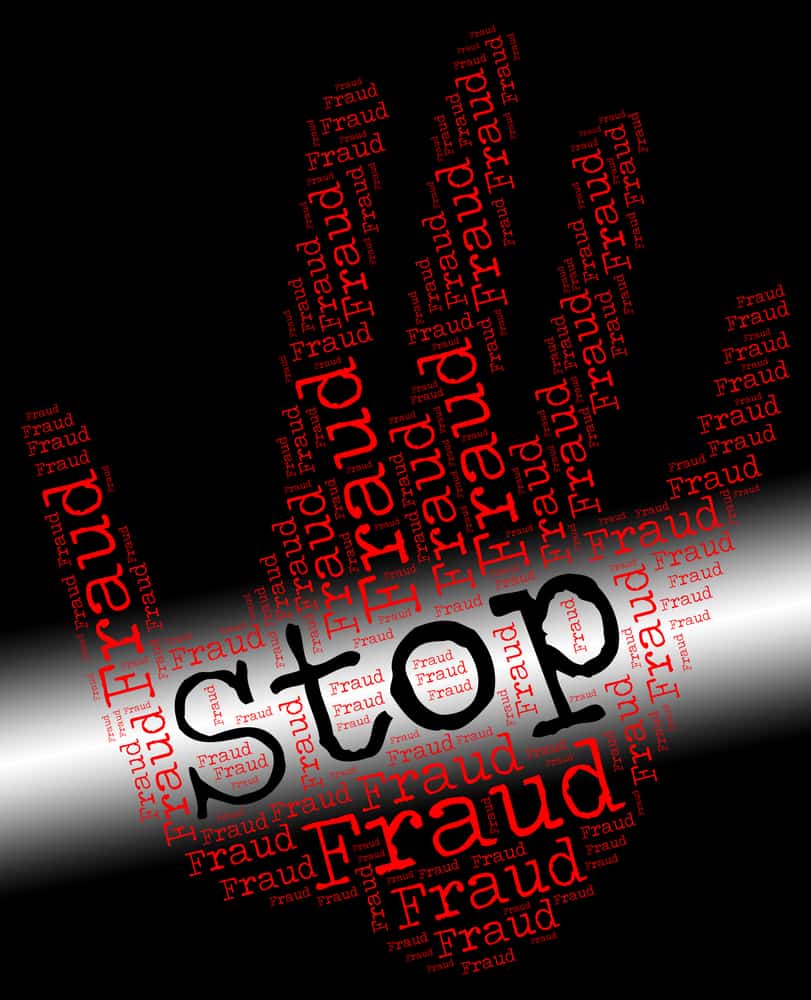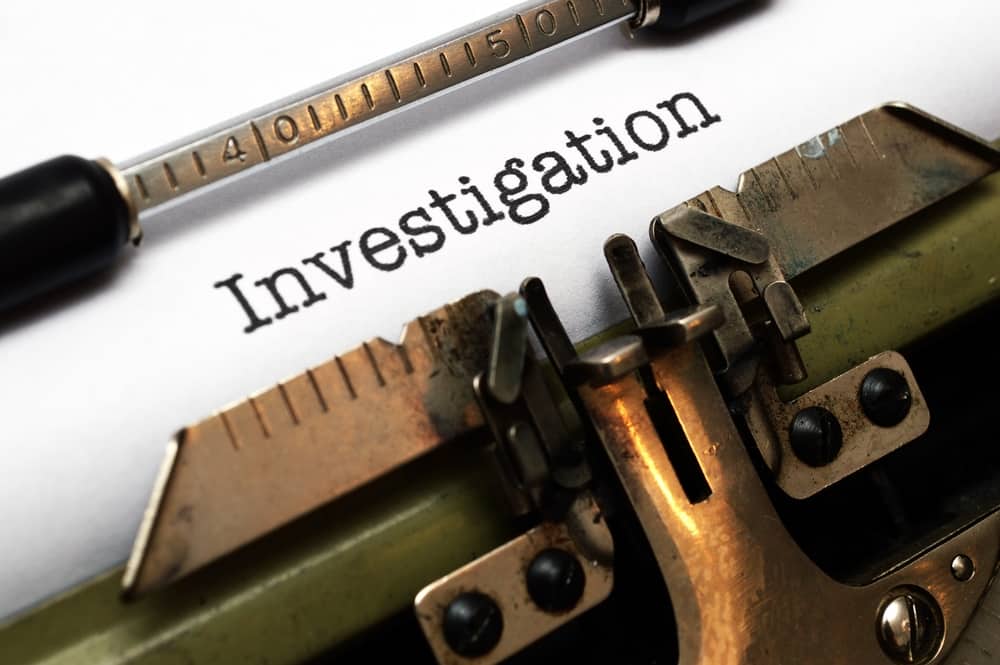Members of the claims management team are called upon to investigate claims and make determinations of primary liability and the necessity of medical care and treatment. This requires them to perform tasks on numerous occasions quickly and effectively. It also includes the ability to be creative while cost-efficient. Here are some tips to consider in order to succeed at this difficult task.
Obtain the First Report of Injury
The FROI contains important pieces of claims information that can be useful when starting an investigation on a claim. While the information might not be accurate, it can lead to important information on the background of a claim. Information to obtain from the FROI include:
- Body parts injured during the incident;
- Names and addresses of medical providers related to the work injury;
- The mechanism of injury;
- Location of the injury; and
- Potential witnesses.
While the FROI is not necessarily accurate, it can be valuable for claim development purposes. It can also assist when it comes to understanding inconsistencies in the claimant’s recorded statement and future deposition.
Click Link to Access Free PDF Download
“The 5Cs to Taking a Bulletproof Injured Worker Recorded Statement”
Other Accident or Injury Reports
In many instances, there are other accident or injury reports that are generated following a work injury. This can include reports from the owner of the premises at which the injury took place, reports from law enforcement and emergency medical service providers and other interested parties. Information obtained from these reports can move a claim investigation forward in a cost-efficient manner as they are usually free to obtain.
Accident reports also contain additional information that is helpful to an investigation. This includes photographs and videos of the incident. Information received from these reports can be priceless, especially if they contain information that contradicts allegations made by the injured worker.
Recorded Statements of the Employee
Most jurisdictions allow the workers’ compensation insurance carrier to take a recorded statement of the employee following a work injury. It is important to follow the applicable statutes or rules to preserve evidence for future use. A well recorded statement should follow a script to ensure all important questions are asked. A seasoned member of the claim management team will also learn how to probe for information in a friendly and courteous manner. When taking a recorded statement, listen carefully to what is being said and ask probing questions.
Authorizations for Medical and Other Records
Although workers’ compensation claims investigations are generally excluded from state and federal health care privacy laws, it still remains important to obtain properly executed authorizations when requesting medical, employment and other records.
- Medical: It is important to obtain a complete set of medical records for an injured party. This should go beyond what is directly related to the work injury. Obtaining a complete set of medical records can lead to other areas of investigation and allow your independent medical examiner to have a complete and accurate background of a claimant.
- Employment: These records are used for a variety of reasons. Not only will it serve as a source to calculate the employee’s average weekly wage, but it will also allow one to understand an employee’s transferable job skills better and identify areas of vocational limitation.
- Industrial Commission: Records regarding prior workers’ compensation claims are generally stored at a state’s industrial commission. These records include not only details of prior workers’ compensation claims, but the names of former employers and medical providers.
Other Sources of Investigation
There are countless other areas to investigate as part of any workers’ compensation claim. Sources of research and investigation should include:
- Social media: Checking to see public activity a claimant has on social media is a must. Be cautious as ethical and legal issues can arise when claims investigation break laws to trick someone into giving you access to their accounts.
- Central Index Bureau Check: This is a clearinghouse where insurers and self-insured companies file reports of claims. It allows members to later search for information on prior injury claims based on one’s name and Social Security number. Costs may apply for these searches.
- Surveillance: This is another tool that can be used. However, there can be significant costs associated with the hiring of a private investigator to research background information on a claimant and take undercover video.
Conclusions
The modern workers’ compensation claim handler needs to be creative when it comes to investigating a claim. Technology has provided them with numerous resources to obtain information quickly, and in a cost-effective manner. Performing a diligent investigation can reduce program costs and limit claims litigation.

Author Michael Stack, CEO Amaxx LLC. He is an expert in workers’ compensation cost containment systems and helps employers reduce their workers’ comp costs by 20% to 50%. He works as a consultant to large and mid-market clients, is a co-author of Your Ultimate Guide To Mastering Workers Comp Costs, a comprehensive step-by-step manual of cost containment strategies based on hands-on field experience, and is founder & lead trainer of Amaxx Workers’ Comp Training Center.
Contact: mstack@reduceyourworkerscomp.com.
Workers’ Comp Roundup Blog: https://blog.reduceyourworkerscomp.com/
©2018 Amaxx LLC. All rights reserved under International Copyright Law.
Do not use this information without independent verification. All state laws vary. You should consult with your insurance broker, attorney, or qualified professional.














